ABSTRACT by Ningxin (Sophia) Zhu:
China has become one of the world’s economic engines. One major driving force is its rapid urbanization. However such rapid development has resulted in issues such as resource and energy depletion, pollution and environmental deterioration. Recently the government has endorsed green buildings and has urged ministries to work out a national action plan. It is predicted that green building will be the next big thing in China. But before importing foreign green technology and design, is there still something to be learned from the Chinese ancestors?
In the long history of China, the Chinese have always employed a system of construction with the influences of geography, climate, culture, philosophy, economy and politics deeply rooted in China, resulting in a distinctive traditional architecture. Embedded in the formation of the city, siheyuan 四合院 – the courtyard house typology in Beijing – was one example of an exceptional dwelling that inherited the quintessence of a thousand years of building experience and knowledge of their ancestors. This traditional urban type not only celebrated the rich and unique cultural heritage of China, it also played an important role in maximizing the natural forces to create a pleasant and comfortable environment for living. Population growth and political and economic reforms over time however have drastically changed the fate of this historical heritage. Under the pressure of rapid development and an economic boom after the introduction of the Open Door Policy in 1978, the traditional courtyards were the first to be demolished due to a lack of modern facilities and an inability to accommodate the growing population. They were often replaced by apartment blocks and high-rise towers – imported types based on planning regulations developed in the West – outside the cultural and environmental milieu of Beijing. As a result, the city is now filled with many energy-intensive buildings that eat away both the “city’s essence” and its valuable natural resources.
With the current policy and ambition of China, the teardown courtyard sites within the old city wall that are still awaiting development offer the potential to address the remediation and reinterpretation of the traditional typology in a contemporary city. This thesis investigates the essence of the traditional courtyard house and explores ways in which to apply such qualities to the design of a new courtyard typology in contemporary Beijing. The proposal anticipates a holistic approach on both an environmental, social, cultural and economic level so as to carry out preservation that manifests in experience rather than physical restoration, and to create a project that is truly sustainable.
The examining committee is as follows:
Supervisor:
Anne Bordeleau, University of Waterloo
Committee Members:
Terri Meyer Boake, University of Waterloo
Lloyd Hunt, University of Waterloo
External Reader:
Bruce Han
The Defence Examination will take place: Thursday, May 2, 2013 11:30 AM ARC 2026
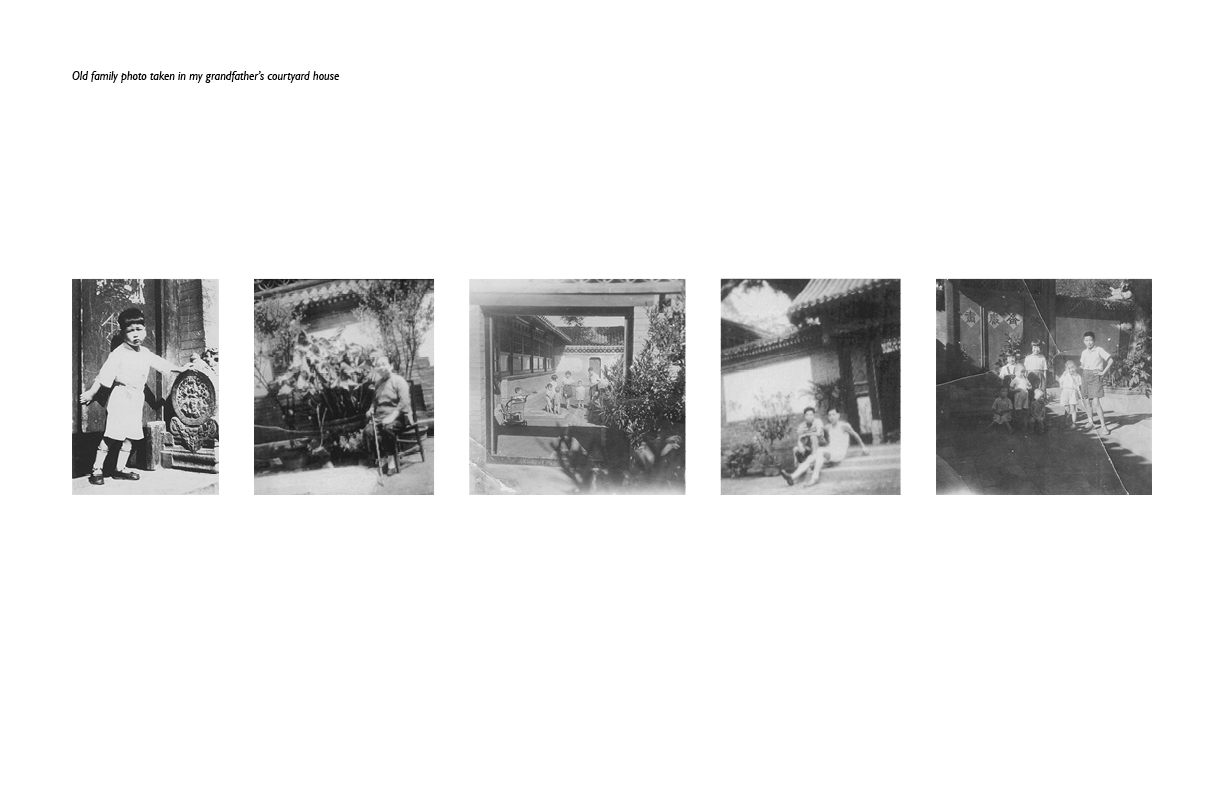
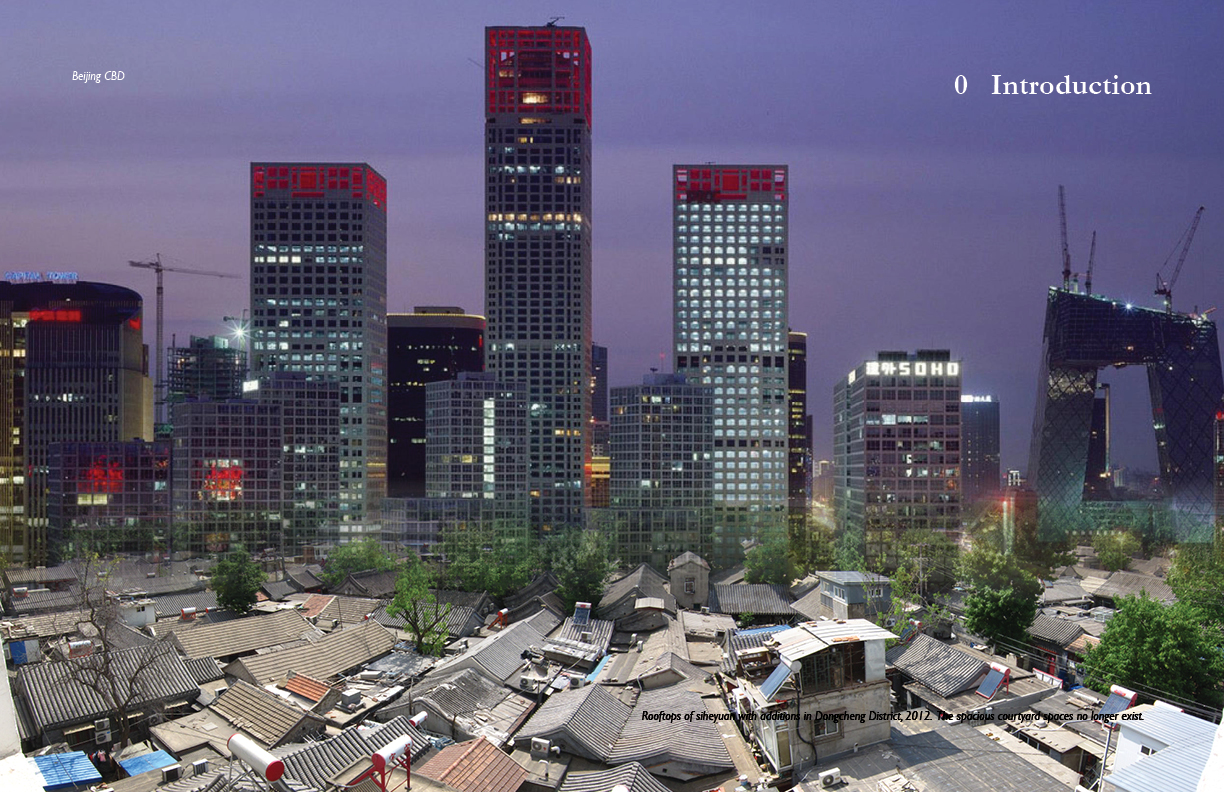
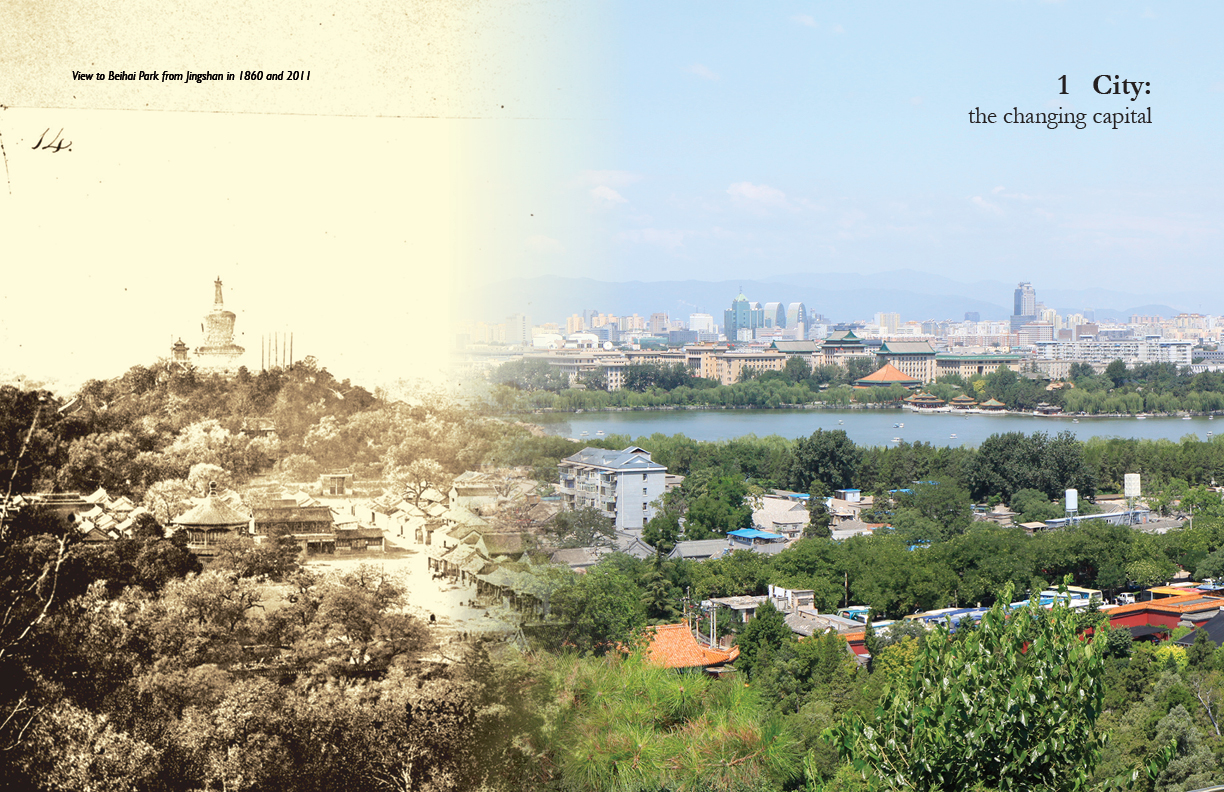
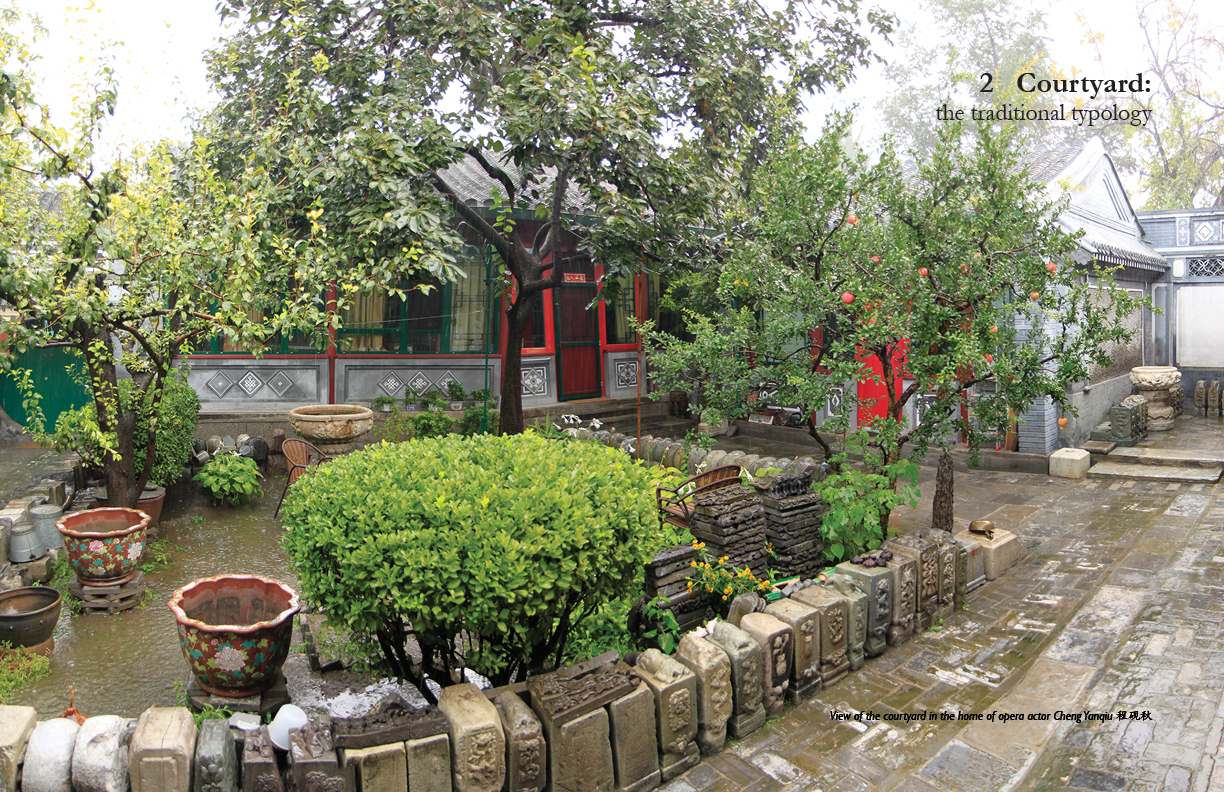
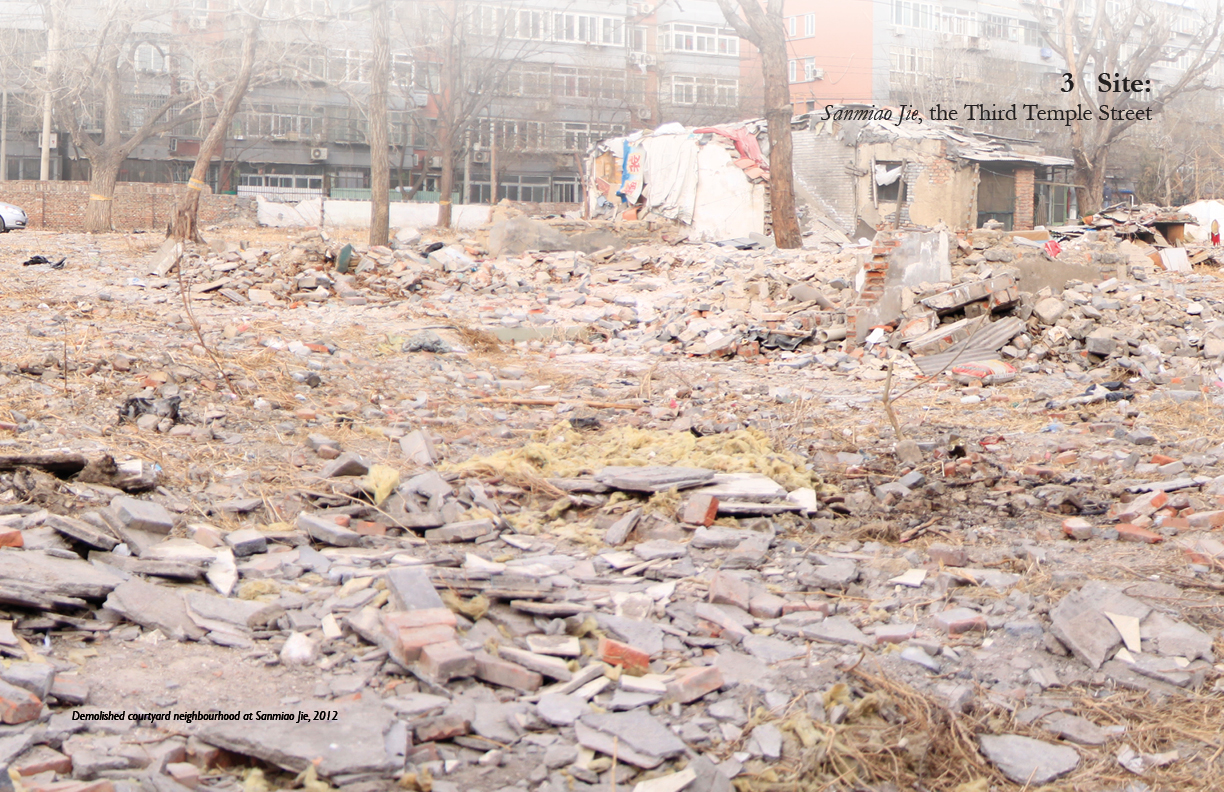
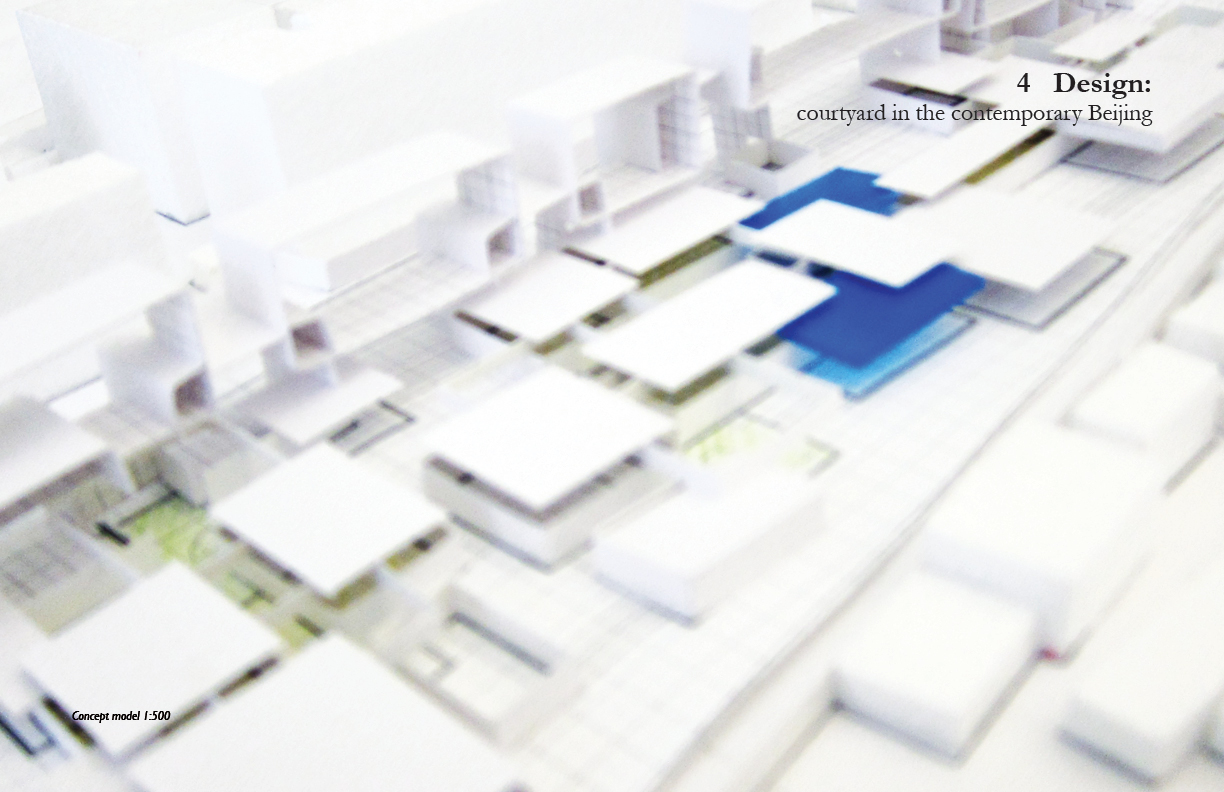


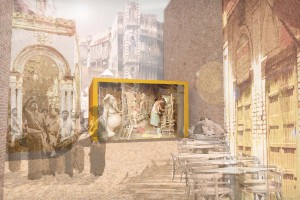
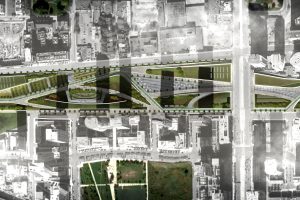
Leave a Reply